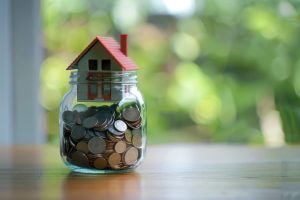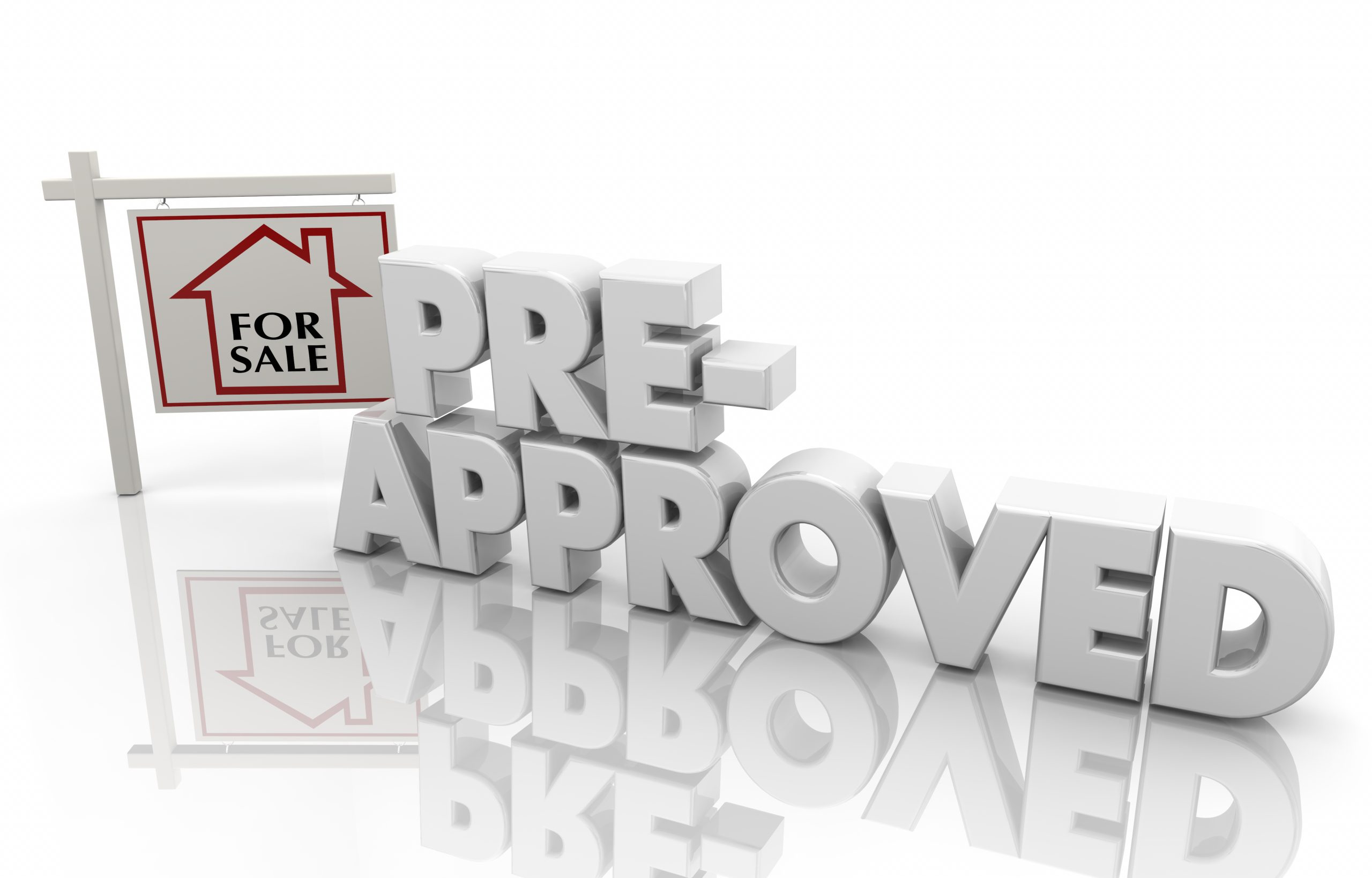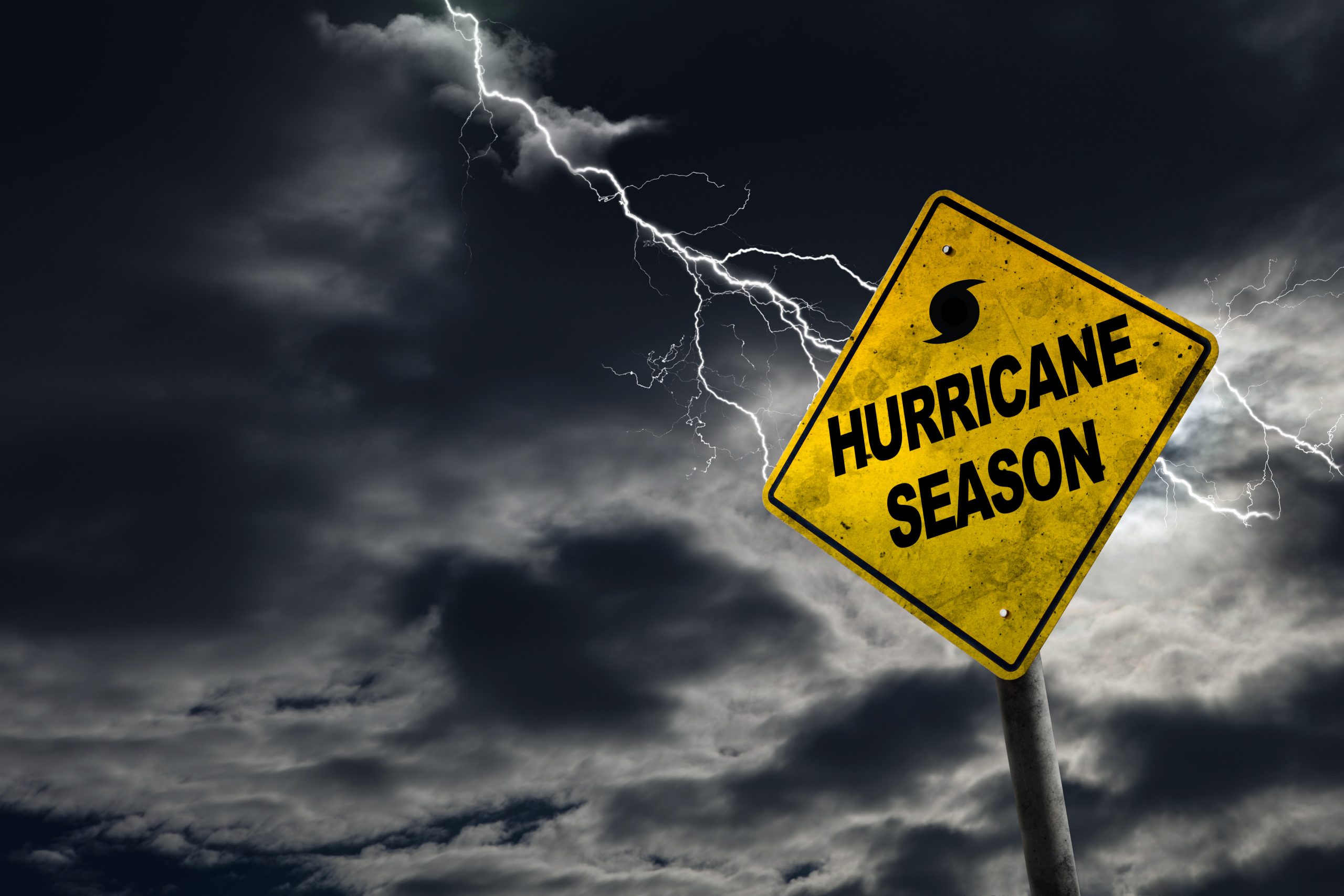Buying a home is one of the biggest financial decisions you’ll ever make—and while it’s…
How Much Should You Put Down on a Home?
One of the most common questions we hear from buyers is: “How much should I put down on a home?” It’s a smart question — and the answer can impact everything from your monthly payment to your loan terms and even your approval odds.
At Total Stop Real Estate, we believe an informed buyer is a confident buyer. Let’s walk through how down payments work, what’s required, and how to decide what’s right for you.
💡 What Is a Down Payment?
A down payment is the amount of money you pay upfront when purchasing a home. The rest is covered by your mortgage loan. For example, if you’re buying a $300,000 home and put down 10%, that’s $30,000 up front — and your mortgage covers the remaining $270,000.
🏦 What’s the Typical Down Payment?
You’ve probably heard that 20% is the standard — and while that used to be true, it’s not the only option today. Here are the most common down payment ranges:
-
3%–5% – Conventional loans (some first-time buyer programs)
-
3.5% – FHA loans
-
0% – VA and USDA loans (if eligible)
-
10%–20% – More typical for conventional buyers who want to avoid mortgage insurance
At Total Stop Real Estate, we’ll help you explore which programs fit your budget and long-term financial goals.
💰 Should You Put Down More or Less?
There’s no one-size-fits-all answer — it depends on your financial situation, goals, and comfort level. Here are the pros and cons of different down payment strategies:
🔻 Smaller Down Payment (3%–5%)
Pros:
-
You can buy sooner with less savings
-
Leaves more cash for moving, renovations, or emergencies
-
Qualifies you for many first-time buyer assistance programs
Cons:
-
Higher monthly payments
-
You’ll likely need to pay Private Mortgage Insurance (PMI)
-
Higher interest rates in some cases
🔺 Larger Down Payment (10%–20%+)
Pros:
-
Lower monthly payments
-
No PMI if you put down 20% or more
-
May qualify for better loan terms or lower rates
Cons:
-
Requires more savings upfront
-
May delay your purchase if you’re still saving
-
Less cash available for other goals or emergencies
🧮 How to Decide What’s Right for You
At Total Stop Real Estate, we recommend evaluating these key factors:
-
Your current savings — without draining your emergency fund
-
Your income stability
-
How long you plan to stay in the home
-
Your future financial goals (retirement, kids’ college, etc.)
Sometimes, it’s smarter to put down less and invest the rest — other times, paying more upfront leads to better peace of mind. It all depends on your situation.
🏡 Bonus: Down Payment Assistance Programs
If saving for a down payment is a challenge, you’re not alone. There are hundreds of local, state, and national programs that can help with grants, forgivable loans, or matched savings. Our team at Total Stop Real Estate can connect you with options that work in your area.





